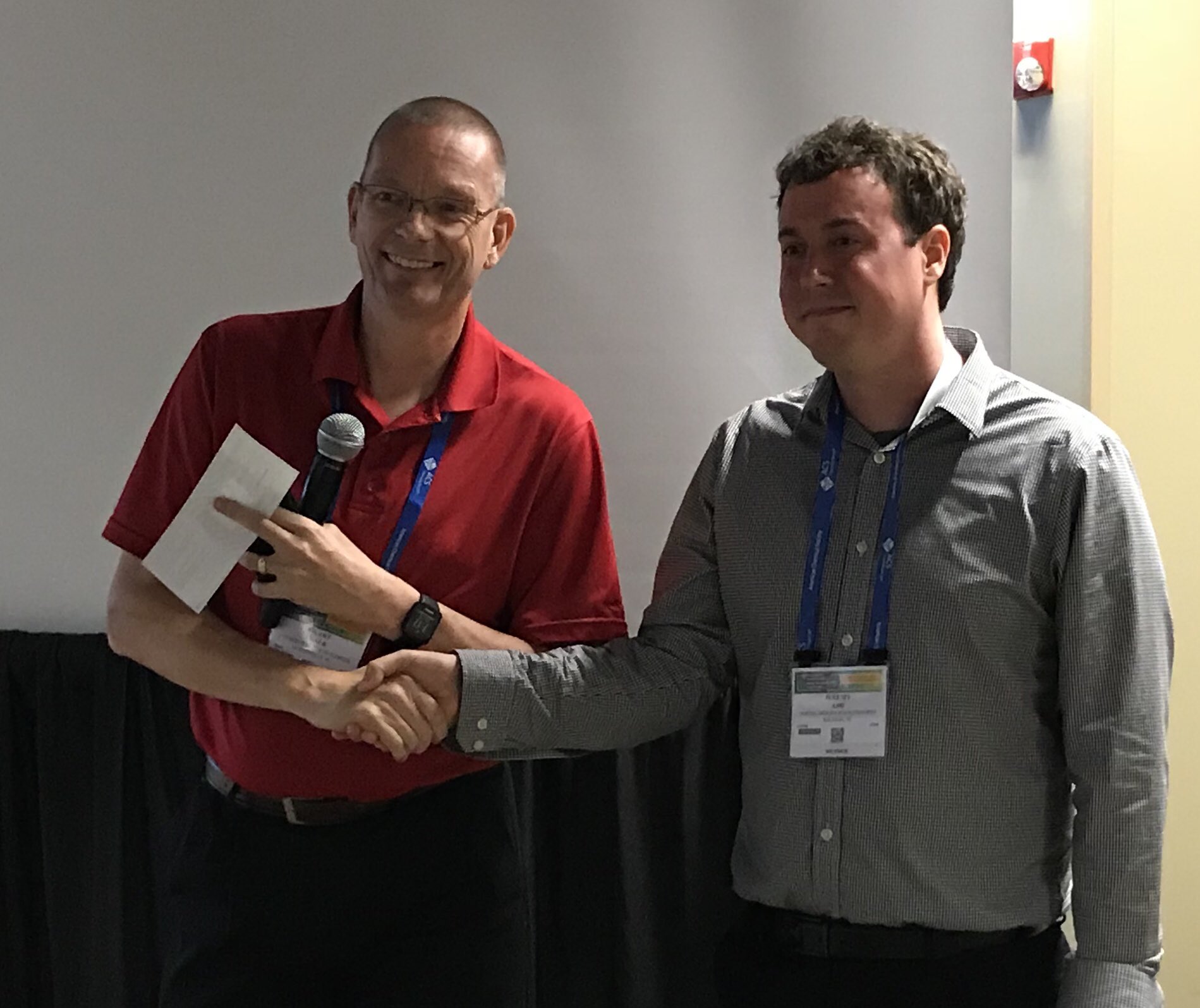System toxicological approaches to define and predict the toxicityofPerand Polyfluoroalkyl Substances
This project will assess the toxicity of a large collection of volatile and non-volatile PFASs (Per and Polyfluroalkyl Substances). The research results will increase the knowledgebase of toxicity profiles for a large collection of PFASs, covering a wide variety of toxicological endpoints, and may provide key scientific information for prioritizing different types of PFAS for effective and efficient risk assessment and management.
Objective:
1: Study the toxicity of a large collection of volatile and non-volatile PFASs and PFAS mixtures with the zebrafish assay. Hypothesis: PFAS compounds with similar structures will bind to the same biomolecular targets, induce expression of the same or highly overlapping gene sets, and induce similar toxic responses.
2: Conduct developmental immunotoxicity (DIT) studies in mice. Hypotheses: Developmental exposure to PFASs will compromise antigen-specific antibody responses (a measure of adaptive immunity) and natural killer cell cytotoxicity (a measure of innate immunity). Developmental findings in the mouse will accord with developmental findings in the zebrafish.
3: Create pharmacokinetic models that can explain and predict the concentrations of PFASs in the organs of mice and adult zebrafish as a function of exposure dose and chemical structure. Hypotheses: The bioaccumulation and internal distribution of PFASs depend on passive diffusion, transporter-mediated membrane uptake and efflux, and protein binding. The interaction of PFASs with proteins and membranes will depend on i) the presence of polar or charged functional groups and on ii) the length of the linear fluorinated alkyl chain.
Approach:
Expose embryonic zebrafish to 100 PFASs and assess them for adverse phenotypic and behavioral effects. Identify the gene expression changes associated with the observed effects. Expose juvenile zebrafish to PFASs and assess them for adverse behavioral effects. Expose mice to PFASs that are toxic to embryonic zebrafish and assess them for developmental immunotoxicity. Create pharmacokinetic models that can explain and predict the concentrations of PFASs in the organs of mice and adult zebrafish as a function of exposure dose and chemical structure.
Expected Results:
The project will increase by 400% the number of PFASs for which the research community has tested for toxicity in vivo. It will help EPA to identify toxic PFASs that require prioritization for risk management. The models developed will improve hazard and risk assessment of many PFASs and thereby improve EPA’s ability to protect human health and the environment. Over the long term, the project could enable researchers to determine the toxicity of PFASs without animal testing, solely on the basis of chemical structure. It could help industries worldwide to understand which PFASs are most toxic and to select or develop non-toxic materials that achieve the same useful results.
For more details, please see the EPA website:





